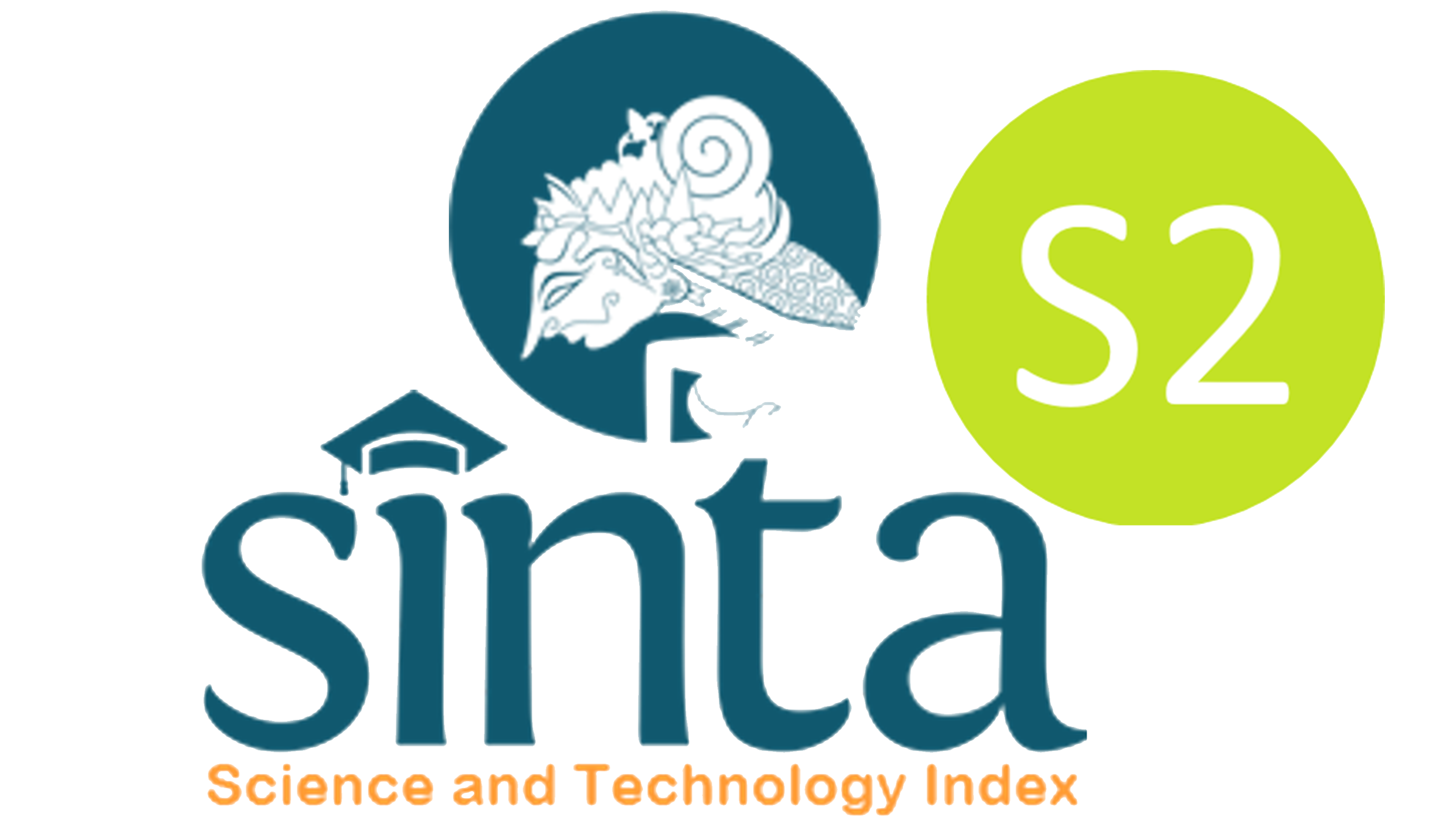RADIOLOGICAL HAZARDS ESTIMATION BY NATURAL RADIOACTIVITY IN WATER SAMPLES ALONG BATANG HARI RIVER, JAMBI
DOI: http://dx.doi.org/10.17146/jstni.2023.24.1.6797
Abstract
Illegal mining activity is still operated along the watershed of Batang Hari, which could potentially be contaminated by natural radionuclides, which are Uranium-238 (238U), Thorium-232 (232Th), Radium-226 (226Ra), Polonium-210 (210Po), Kalium (40K), and Lead-210 (210Pb). This study aimed to measure activity concentrations of 238U, 232Th, and 40K in river water, groundwater, and drinking water samples along Batang Hari River, then calculate radiological hazard parameters in the sample. The sample collects from 3 different locations from 3 sample types Muaro Jambi District, Jambi City, District Batanghari, Tebo District, and Bungo District. The samples were measured using gamma spectrometry High Purity Germanium (HPGe) for 17 hours. The results showed that the average value of the radiology hazard parameters sample consists of Raeq 0,307653, AEDE that is 1,771 x10-6, and each external and internal hazard index are 0,00083 and 0,00155, respectively. The radiological hazard parameters in water samples along Batang Hari River, Jambi, are below the limit recommended that Raeq is 370 Bq.L-1, AEDE is 1 mSv.y-1, and hazard index Hex and Hin are 1. This study showed that the water is safe and fulfills the radiological aspect of water quality requirements.
Keywords
activity concentration; Batang Hari river; gamma spectrometry; radiological hazard; water.
Full Text:
PDFRefbacks
- There are currently no refbacks.
Copyright (c) 2023 Sri Oktamuliani, Faza Atika An’umillah, Kusdiana Kusdiana

This work is licensed under a Creative Commons Attribution-NonCommercial-ShareAlike 4.0 International License.
JSTNI index in:





 .
.





